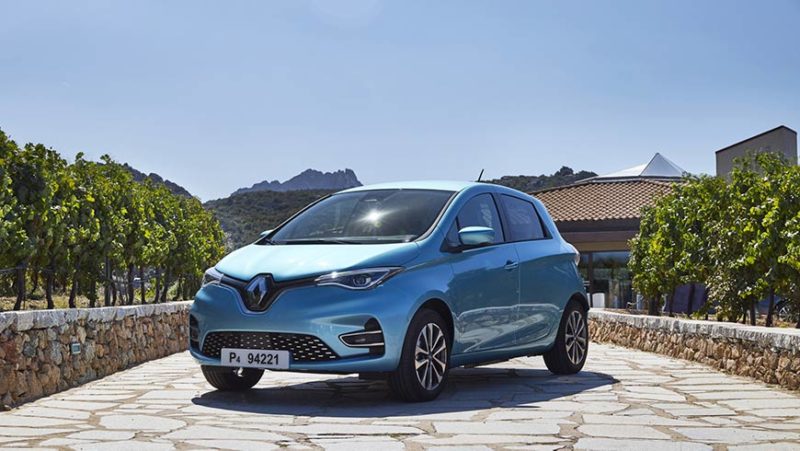The recent announcement by Renault Australia that it will no longer sell the electric Renault Zoe here on the basis (to paraphrase Renault Australia) ‘that they can’t seem to sell them’ is more than a little baffling.
In Europe, the Zoe has been the best-selling full-battery electric vehicle for several years – and in June this year drew well clear of the opposition, selling over 10,000 units (see figure 1 below). This was comfortably ahead of the Tesla Model 3, the Nissan Leaf and the Hyundai Kona (all three of which are for sale in Australia).

So why couldn’t Renault sell the Zoe here, when it appears that Tesla, Hyundai and even Renault alliance member Nissan are all happy to continue selling their EV products in Australia even when they sell way fewer of them than the Zoe in Europe?
Part of the reason is included in Renault Australia’s statements to the press, where they cited a lack of government support for EVs and/or tighter emissions standards as part of the reasoning for discontinuing the model here.
The other sad fact is that Renault have done a poor marketing job trying to sell the Zoe in Australia, despite its runaway success overseas. Or perhaps one could say it was because of its success in Europe that they didn’t push it here (or even bring the current 50kWh model, available in Europe since September last year).
I say this as, like all EV manufacturers, Renault has manufacturing and supply bottlenecks to overcome – so the bottom line is that it’s simply not worth it to bring a small volume vehicle to Australia that struggles against ICE (Internal Combustion Engine) vehicle prices in a market that does not factor in the costs of the CO2 and pollution damage caused by ICE cars.
As a result, manufacturers naturally focus their production capacity on markets that support and encourage the uptake of low emissions transport.
These markets, by the way, do so by what can be best summarised as a ‘carrots and sticks’ approach – the carrots being in subsidies and tax breaks to buyers, and the sticks being penalties on manufacturers that produce higher polluting vehicles and increased manufacturing costs to produce cars that meet ever more stringent fuel quality and emission standards.
Given there are neither carrots nor sticks being applied by the federal government in Australia – then of course the global manufacturers with small Australian vehicle market share will prioritise their more profitable models.
As Renault is a small player in the Australian market, this would explain why at the same time as dropping the Zoe EV, it is also discontinued both the Clio and Megane passenger car offerings in Australia – instead focussing on the more profitable (and fuel guzzling) SUV and performance models in the range.
Meanwhile, Hyundai and Nissan, with their much larger sales presences in the Australian market, can afford to continue selling lower profit margin EVs in an effort to build their EV reputation for the future … and meanwhile Tesla simply continues to sell EVs here by the thousands.
Putting the two together (small Renault market share in Australia/Groupe Renault the biggest light vehicle manufacturer in the world) also explains why Renault has such a wildly different approach to selling EVs here versus in Europe.
So hopefully if our federal government can eventually see its way clear to bring in more stringent fuel quality and consumption standards (which have been sitting on Government desks gathering dust for three or more years now), as well as develop EV support policies to smooth the now inevitable EV transition – we may well see the return of the best-selling EV in Europe.

Bryce Gaton is an expert on electric vehicles and contributor for The Driven and Renew Economy. He has been working in the EV sector since 2008 and is currently working as EV electrical safety trainer/supervisor for the University of Melbourne. He also provides support for the EV Transition to business, government and the public through his EV Transition consultancy EVchoice.

